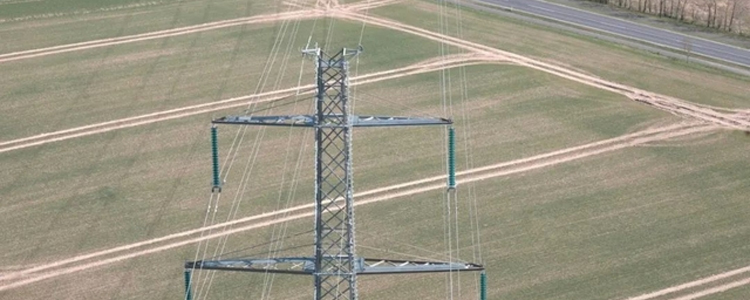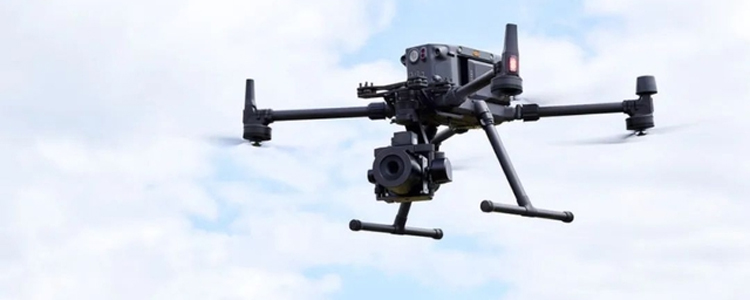
Electric utilities had long been limited by the bottlenecks of the traditional inspection model, including difficult-to-scalable coverage, inefficiencies, and the complexity of compliance management.
Today, advanced drone technology is integrated into the power inspection process, which not only greatly broadens the boundaries of inspection, but also significantly improves operational efficiency and effectively ensures the compliance of the inspection process, completely subverting the plight of traditional inspection.
Through the use of billion-pixel cameras, combined with automated flights, specialized inspection software and efficient data analysis, end-users of drones have succeeded in increasing the productivity of drone inspections by multiples.
Productivity in the context of inspection: Inspection productivity = the value of image acquisition, conversion, and analysis/the number of labor hours required to create these values.

With the right cameras, autoflight, and artificial intelligence (AI)-based analytics and software, it is possible to achieve scalable and efficient detection.
How do I accomplish that?
Optimize every step in the process by using an all-encompassing inspection method to increase productivity. This all-encompassing approach not only increases the value of the data collected, but also significantly reduces the time required for collection and analysis.
In addition, scalability is a key aspect of this approach. If testing lacks scalability, it is vulnerable to future challenges, leading to increased costs and reduced efficiency.
Scalability must be prioritized as early as possible when planning for the adoption of an all-encompassing drone inspection method. Key steps in optimization include the use of advanced image acquisition techniques and the use of high-end imaging cameras. The high-resolution images generated provide accurate visualization of the data.
In addition to finding defects, these images can train artificial intelligence models that help inspection software to detect defects, creating a valuable image-based dataset.
Post time: Aug-27-2024